
How to get URL link on X (Twitter) App

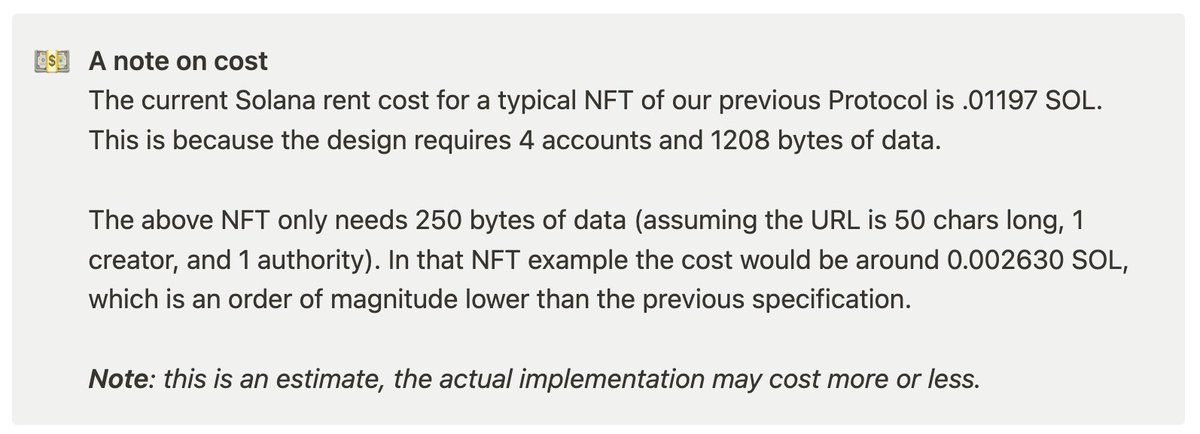
https://twitter.com/metaplex/status/15446988305909923841/ COST


 1/ Every token in Solana, fungible or non-fungible, has a mint account
1/ Every token in Solana, fungible or non-fungible, has a mint account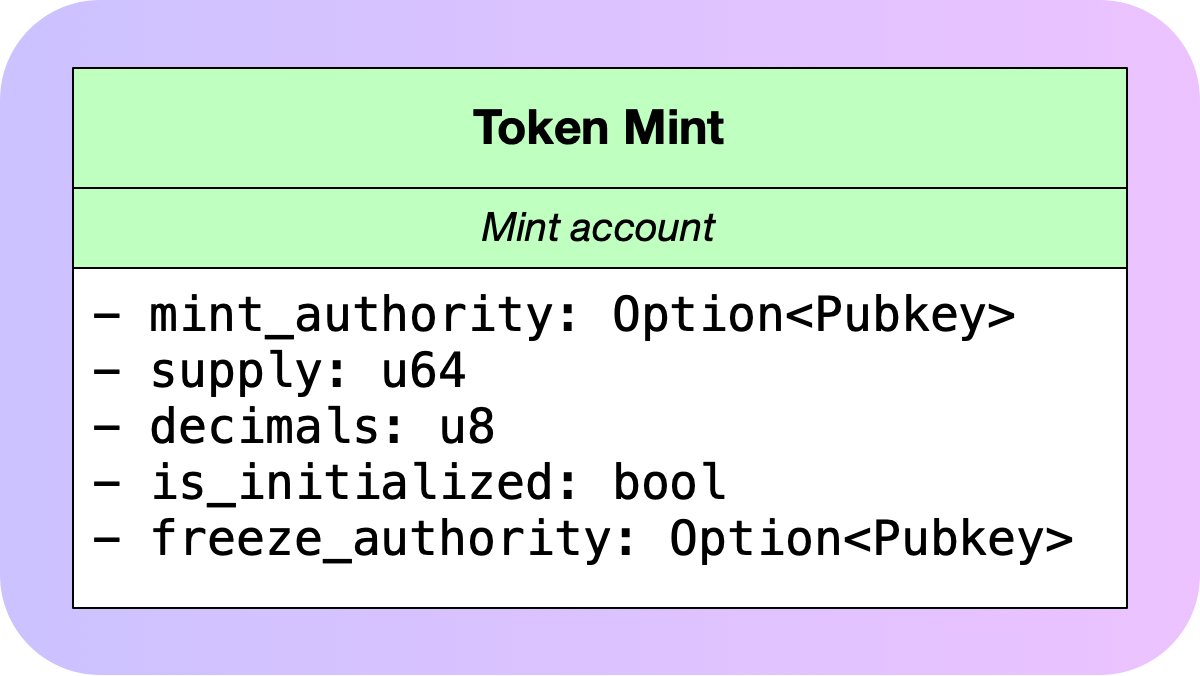
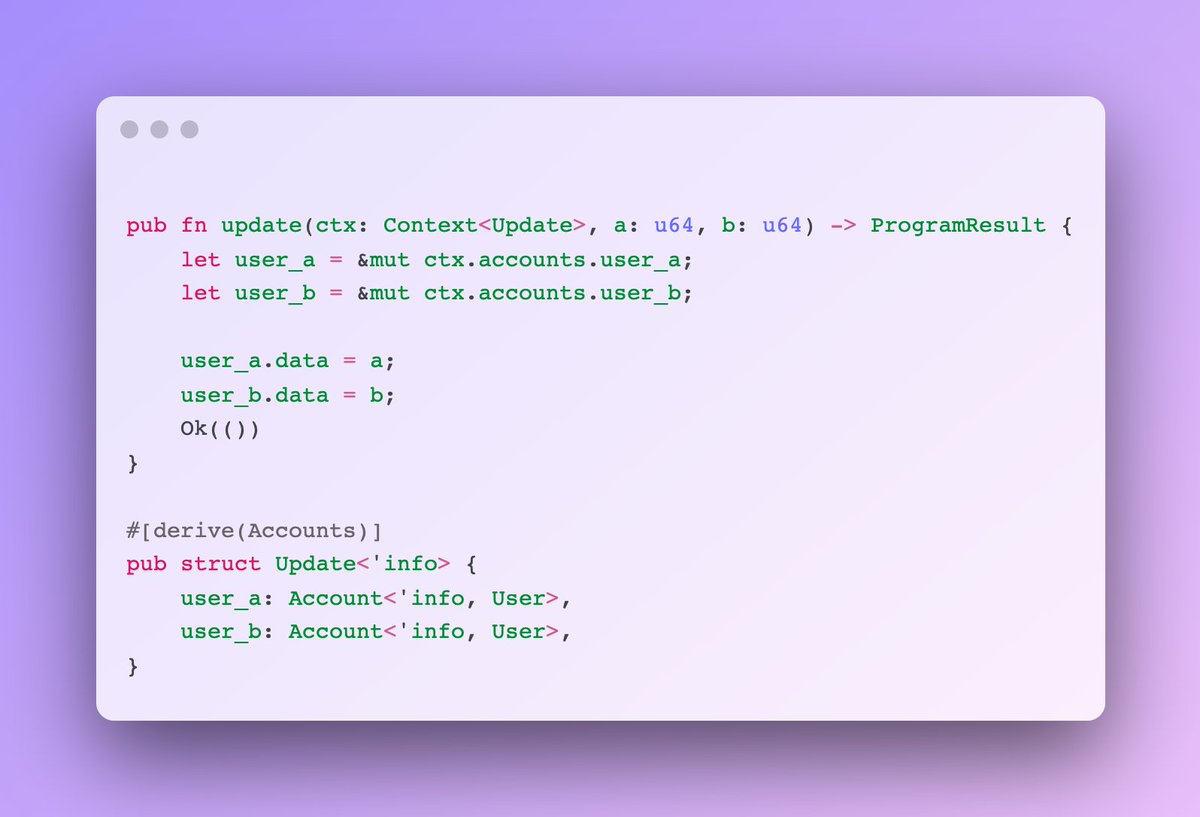
https://twitter.com/armaniferrante/status/1481378911065944073


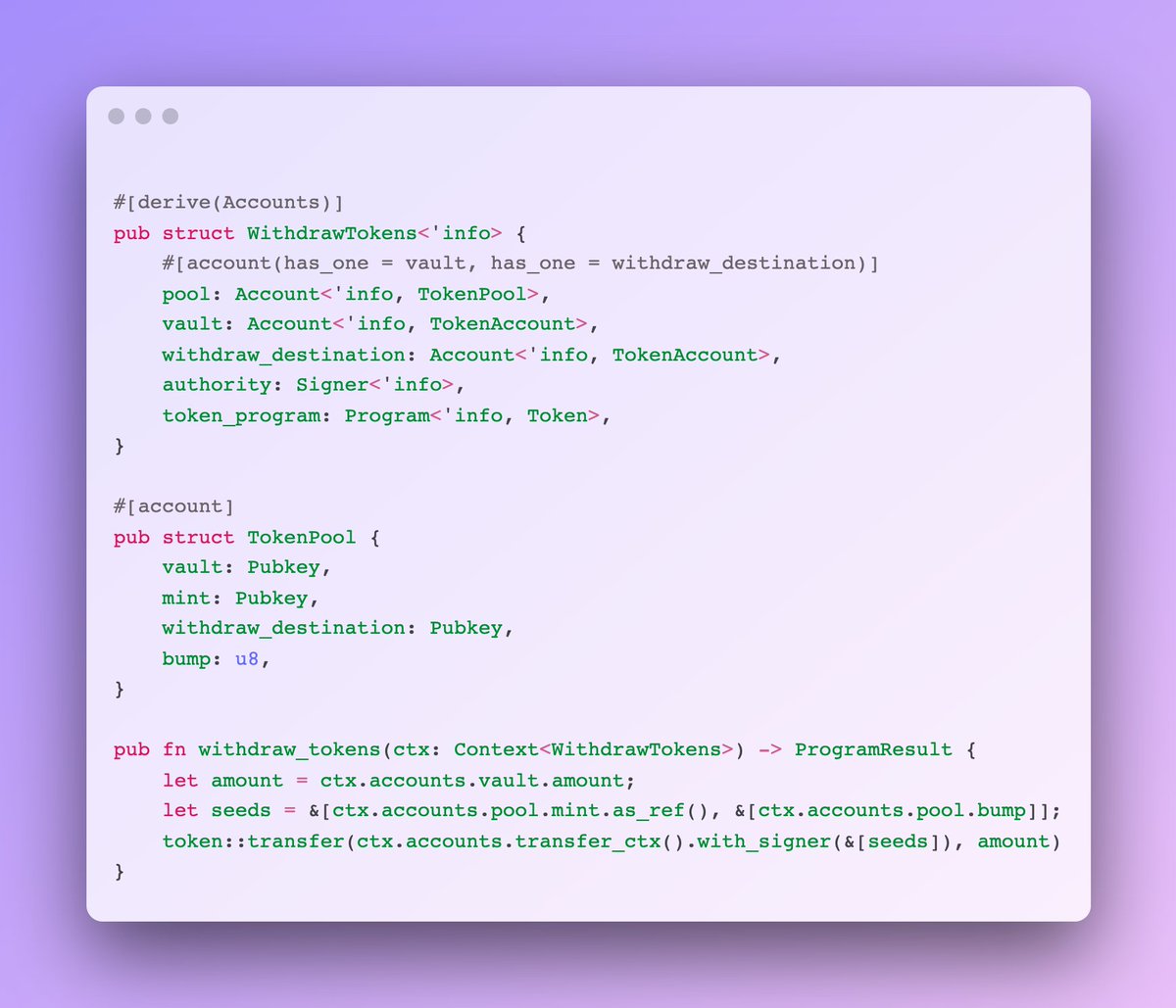 1) Signer authorization
1) Signer authorization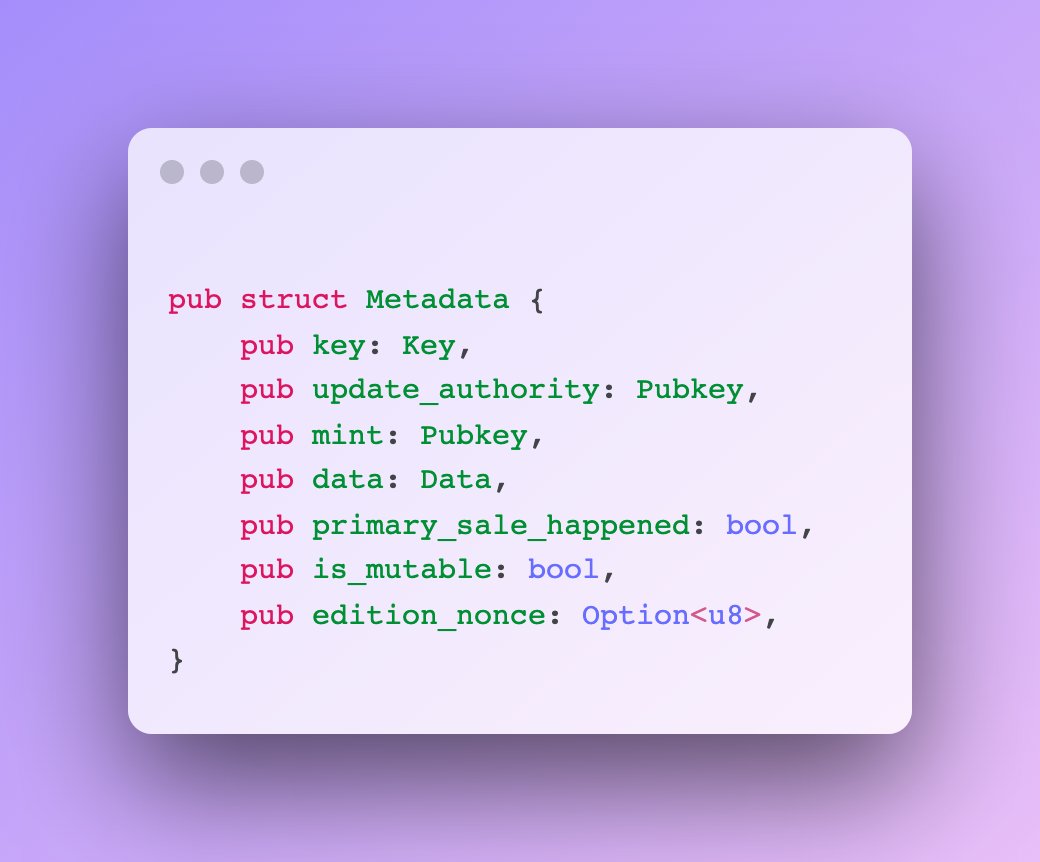


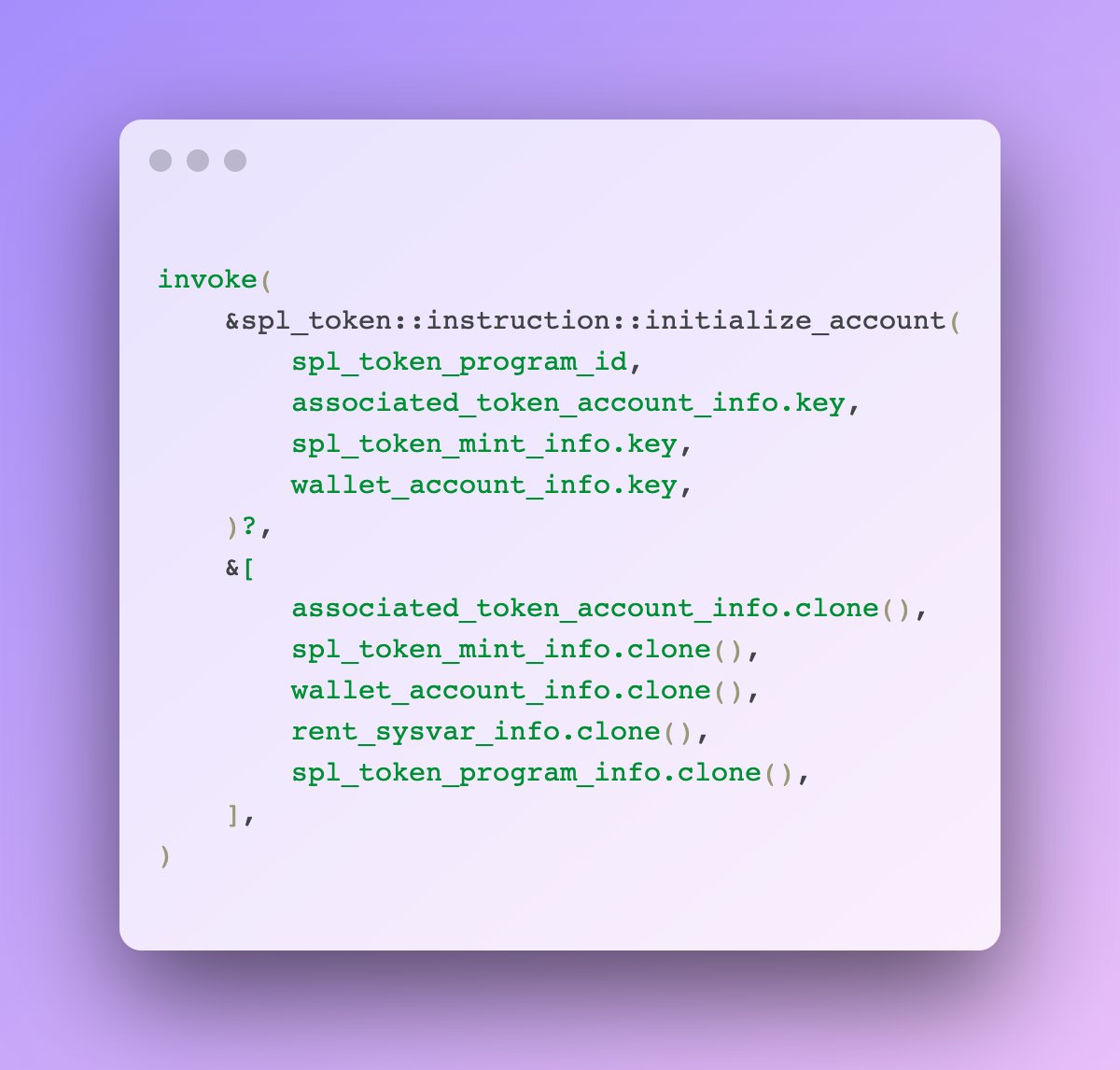
https://twitter.com/pencilflip/status/1463284754841681920
https://twitter.com/aeyakovenko/status/1454458388092313600
https://twitter.com/pencilflip/status/14519499600653353022/ Solana accounts explained in 5 tweets
https://twitter.com/pencilflip/status/1452402100470644739
https://twitter.com/draecomino/status/1453110991831683080

https://twitter.com/TheMycoverse/status/1459955643893227523
https://twitter.com/TheMycoverse/status/1459218263120908292Right now, getting into web3 as an artist is hard 😵💫.

https://twitter.com/smilesssvrs/status/14549784632916582411/ The contract has a state variable called "_mintStatus."


https://twitter.com/pencilflip/status/14559482638536007681/ The metadata of a Metaplex NFT is stored in a PDA account.


https://twitter.com/pencilflip/status/1452402100470644739
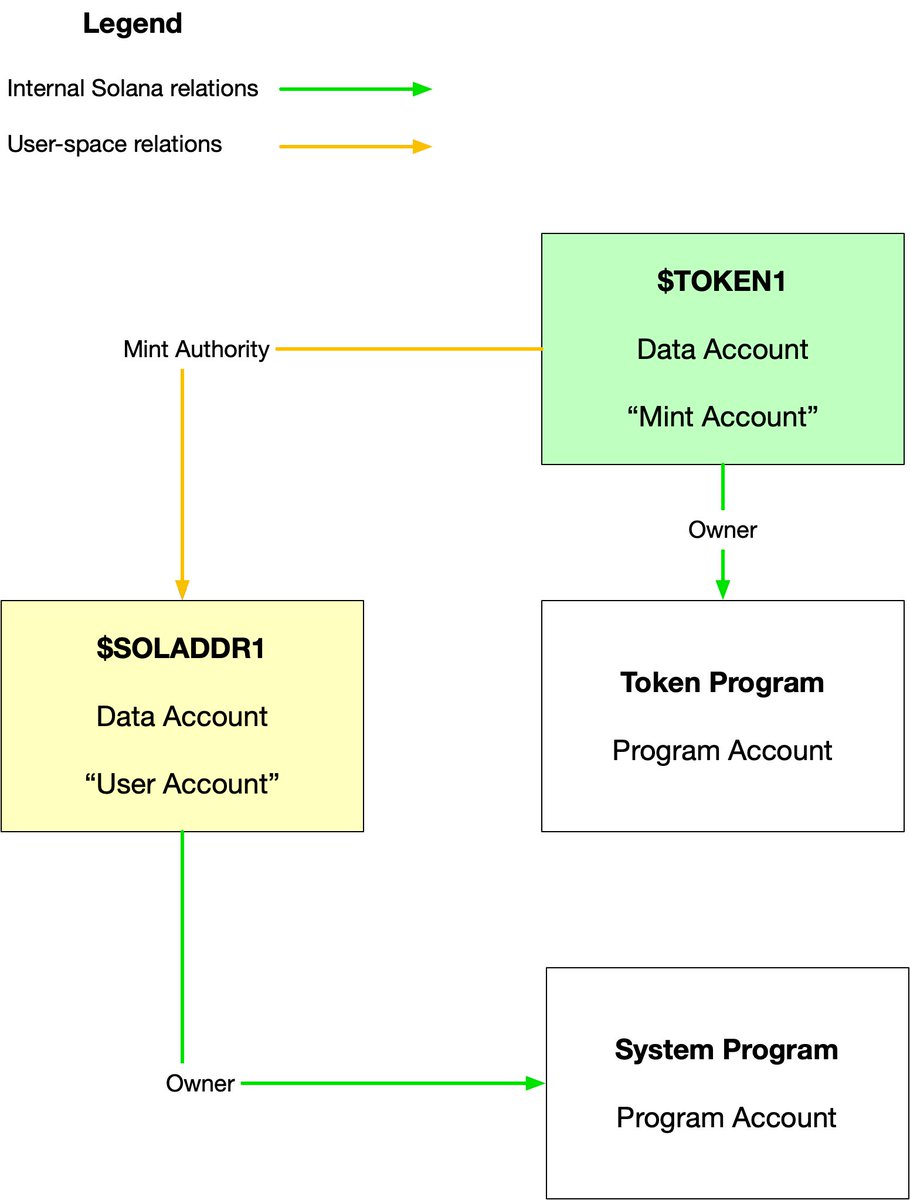
https://twitter.com/pencilflip/status/1450876008010330117

